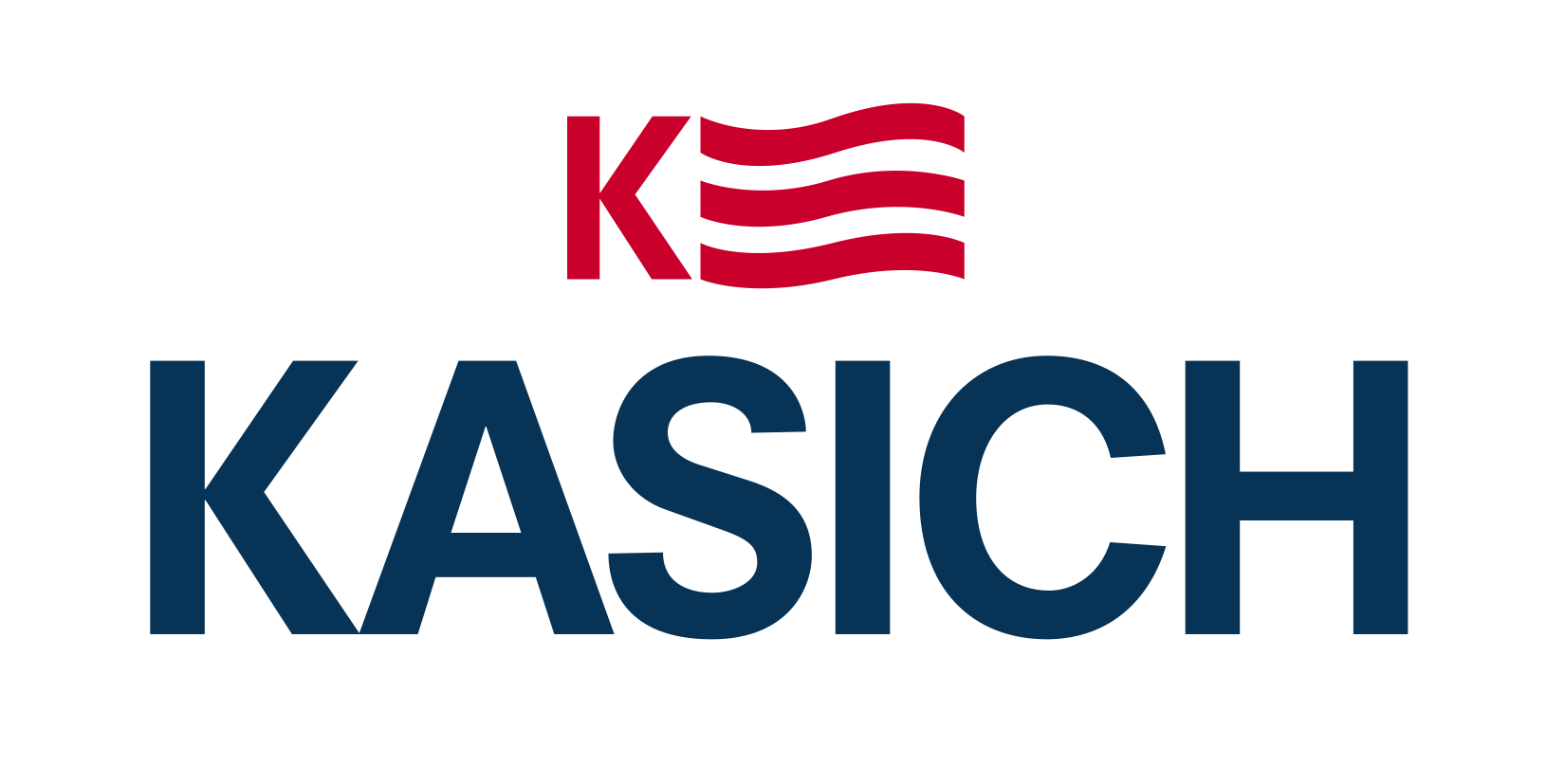Govs John Kasich, Chris Gregoire: How to safely reopen America as coronavirus still threatens
Many Americans are asking when will this end and when can we safely get back to life, even if it is a new normal? The answer: Look abroad. View the original op-ed on USA Today (here)
Social distancing, stay-at-home orders and closures of schools and non-essential businesses have seemingly stopped America in its tracks. Many Americans are asking the same questions — when will this end and when can we safely get back to life, even if it is a new normal?
The answer: Look abroad.
On April 16, President Donald Trump released a three-part plan for opening America again. According to the plan, states should first meet criteria that includes a downward trajectory of confirmed cases or the percent of positive tests within a 14-day period.
While only a few states currently meet the president’s criteria, more than half have already partially reopened or set plans to reopen by the middle of May. While each state plan may vary, one thing is certain — epidemiological data should drive decision-making. In addition, testing capacity and contact tracing to curtail transmission must be sufficient.
Learn from other countries
One silver lining for the United States is that many East Asian and European countries are temporally ahead of us on their respective pandemic curves and could offer lessons to inform our decision-making. Here are a few from a recent report by the Bipartisan Policy Center:
To loosen social distancing measures, some countries have outlined specific quantitative criteria to guide decision making. In Germany, federal and state officials are continuously monitoring the reproduction rate of COVID-19 to ensure that it stays below 1. Scientists suggest that a reproduction rate under 1 generally means the infection will spread slowly and eventually die out. This could be an important quantitative indicator for the U.S. beyond tracking confirmed cases.
Many countries are also setting time periods between loosening social distancing measures. For example, Switzerland, Denmark and the Czech Republic plan to allow two to three weeks between opening various sectors of society. This is smart given the incubation period of the virus and the average time between presentation of symptoms and testing.
In addition, some countries are prioritizing opening sectors that have both a low risk of transmission and are also vital to the economy such as construction and manufacturing. With respect to schools, given that the school calendar in East Asian countries runs through the summer months, there may be opportunities for the U.S. to track their experiences.
The ability to loosen social distancing measures is largely dependent on increased testing. Many countries are prioritizing vulnerable populations for testing regardless of whether these patients are symptomatic. For example, Austria recently announced that all personnel and residents of retirement and nursing homes will be tested in the event that there is at least one confirmed COVID-19 case in an institution.
To offer similar widespread testing, our states need more support from the federal government. Specifically, the U.S. will need to triple its testing capacity over the next several weeks to replicate other successful regions such as Veneto, Italy or at least align with the goals of other peer countries.
Increase contact tracing
Contact tracing complements testing by ensuring that individuals exposed to the virus quarantine themselves for 14 days. During its first COVID-19 wave, Wuhan, China required 1,800 contact investigator teams of five people each before the city could reopen. Experts estimate the U.S. needs at least 100,000 contact tracers to help contain transmission.
Congress should focus on addressing this issue in the next supplemental legislation so that the public health system is strengthened to respond to COVID-19. In addition, countries such as Singapore and South Korea have successfully used some form of technology-aided contact tracing. The U.S. should follow suit while maintaining privacy standards.
Overall, not every country’s approach can be applied in the U.S. as our country has different political, social and economic feasibility. However, there are important implications for federal and state government leaders.
Governors should communicate clearly, set transparent, quantitative metrics to guide decision-making, allow sufficient time between phases of opening and consider low-risk and high-yield sectors of the economy when reopening, and consider providing housing for individuals infected to isolate.
Federal officials should standardize metrics, assist with testing, provide funds for contact tracing and bolster the public health infrastructure, launch a public awareness campaign on the use of cloth-based masks, and track schools abroad.
At both the state and national level, private sector innovation should be leveraged to support efforts to safely reopen the country. And all Americans need to continue to adhere to the basics — handwashing, respiratory etiquette, physical distancing and wearing cloth-based masks in public, especially when physical distancing is not possible.
Let’s continue to lead, innovate and communicate to protect America’s health and get our country going again.
Chris Gregoire is a former Democratic governor of Washington; John Kasich is a former Republican governor of Ohio.
